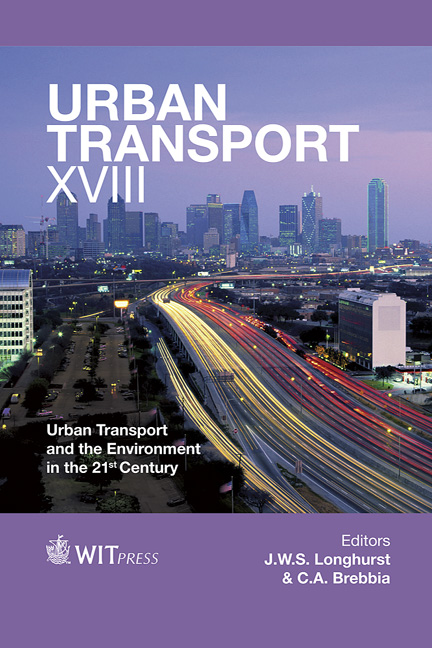In Search Of Sustainability: Examining The Variation In A National Planning Model When Applied To Different Urban Transport Projects
Price
Free (open access)
Transaction
Volume
128
Pages
11
Page Range
457 - 467
Published
2012
Size
365 kb
Paper DOI
10.2495/UT120391
Copyright
WIT Press
Author(s)
L. Hansson
Abstract
How can we understand national planning model directives when they are implemented in local urban transport infrastructure projects? This paper concerns the application of the Swedish \“four-stage principle”, a model constructed by the Swedish Road Administration to identify investment priorities. A central aspect of this model is that new transportation investments must be compared with other investments, so that policy makers can reflect on and evaluate whether it is possible to use existing investments instead of starting new projects (in this lies the thought of sustainability). This paper aims to explain why implementation of a single national model, specifically, the four-stage principle model, varies in different urban transport infrastructure projects. The paper is based on a study of a Swedish county where three transport infrastructure projects have been evaluated. What role did the four-stage principle play in these processes? What barriers and opportunities are there to using this model? One conclusion is that the four-stage principle acquires different meanings and purposes in the projects, even though the projects are being implemented within the same policy area. Keywords: urban governance, implementation, planning models, transport, sustainability. 1 Introduction In striving for sustainability, national governments issue directives regarding how transport infrastructure should be planned and implemented. These directives are sometimes binding and sometimes only recommendations. To be effective, these directives need to be adopted and implemented by the local planners shaping urban transport systems. In Sweden, the \“four-stage principle”
Keywords
urban governance, implementation, planning models, transport, sustainability.





